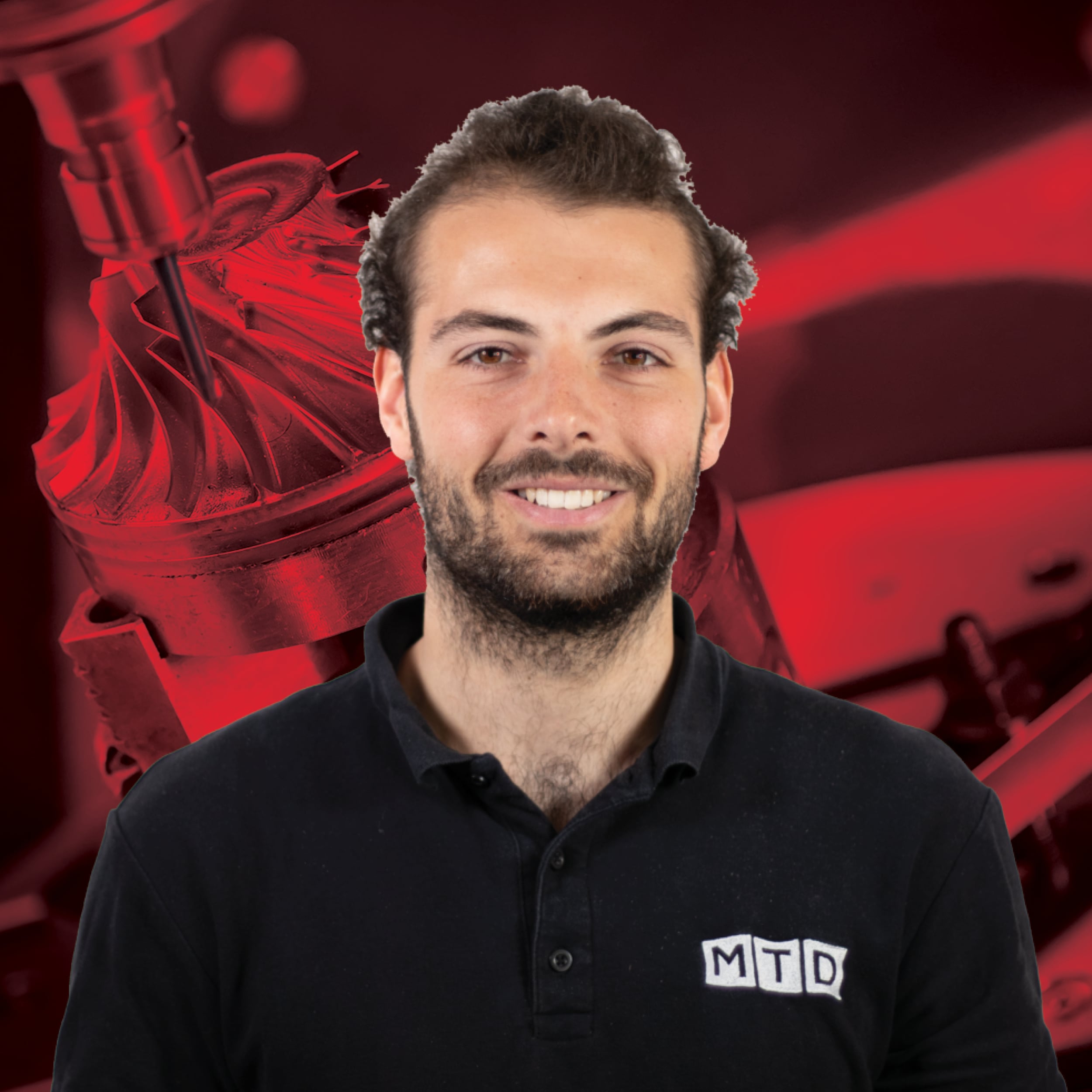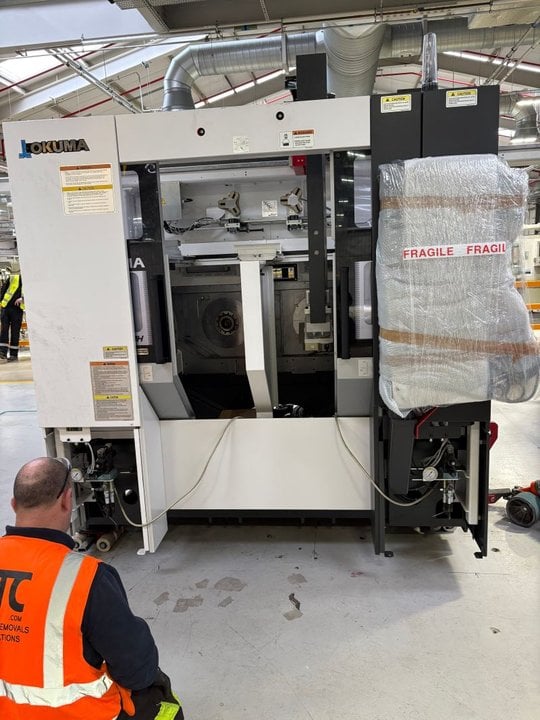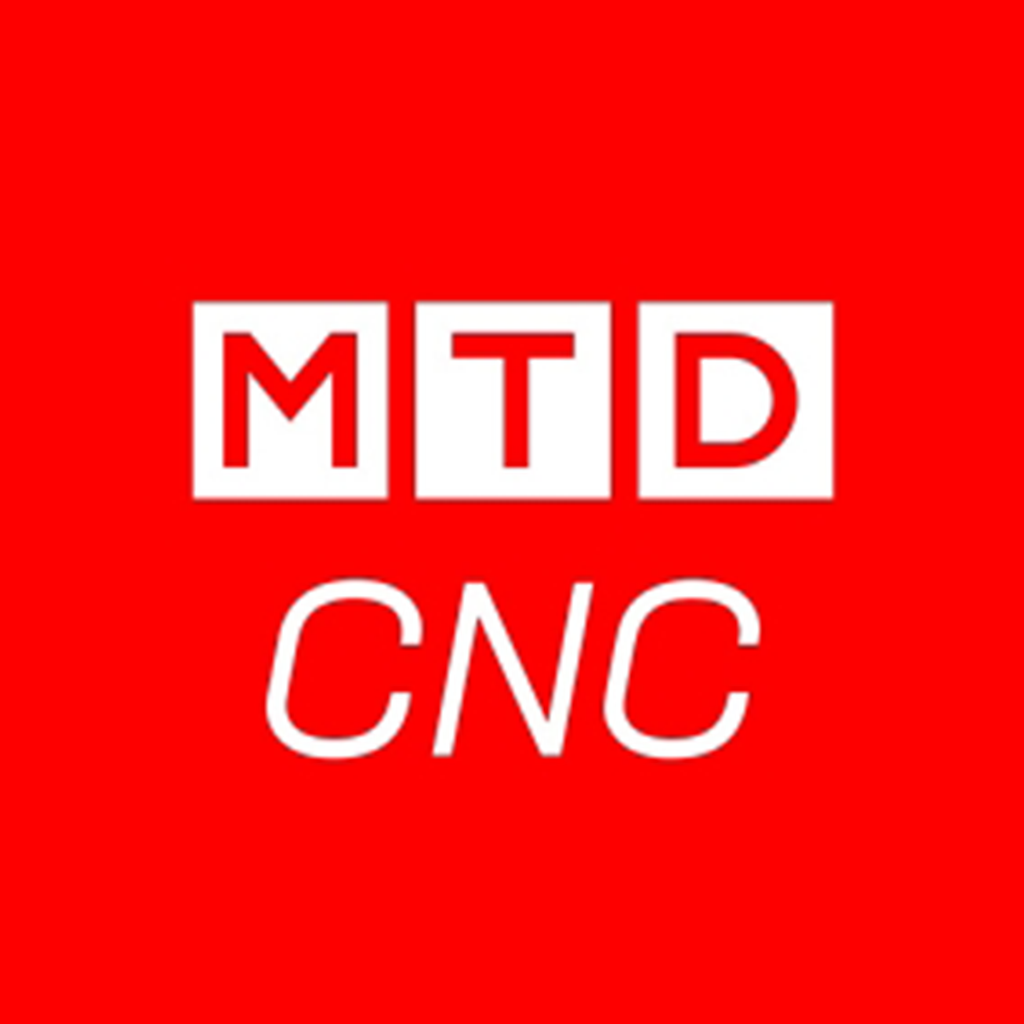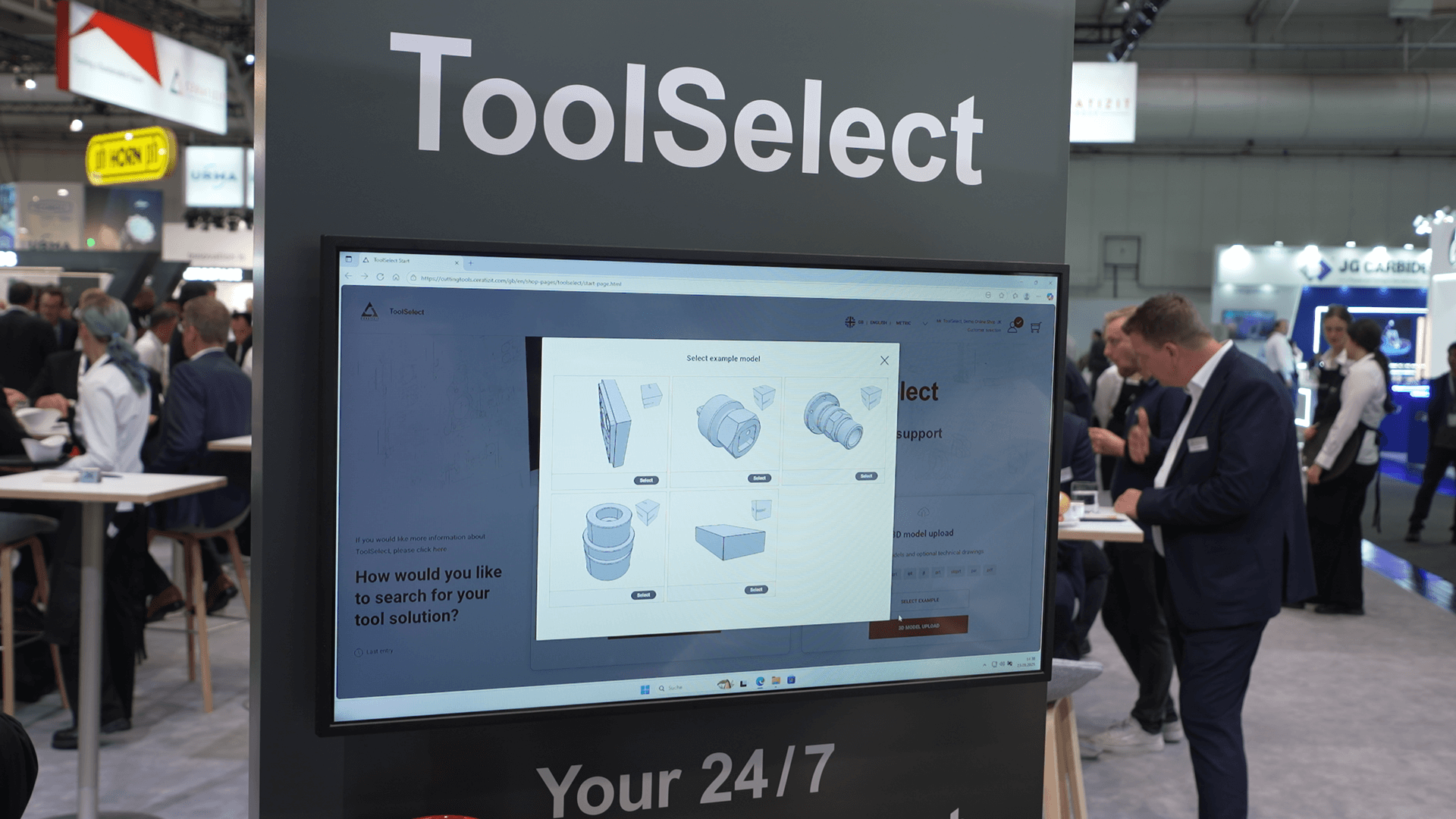
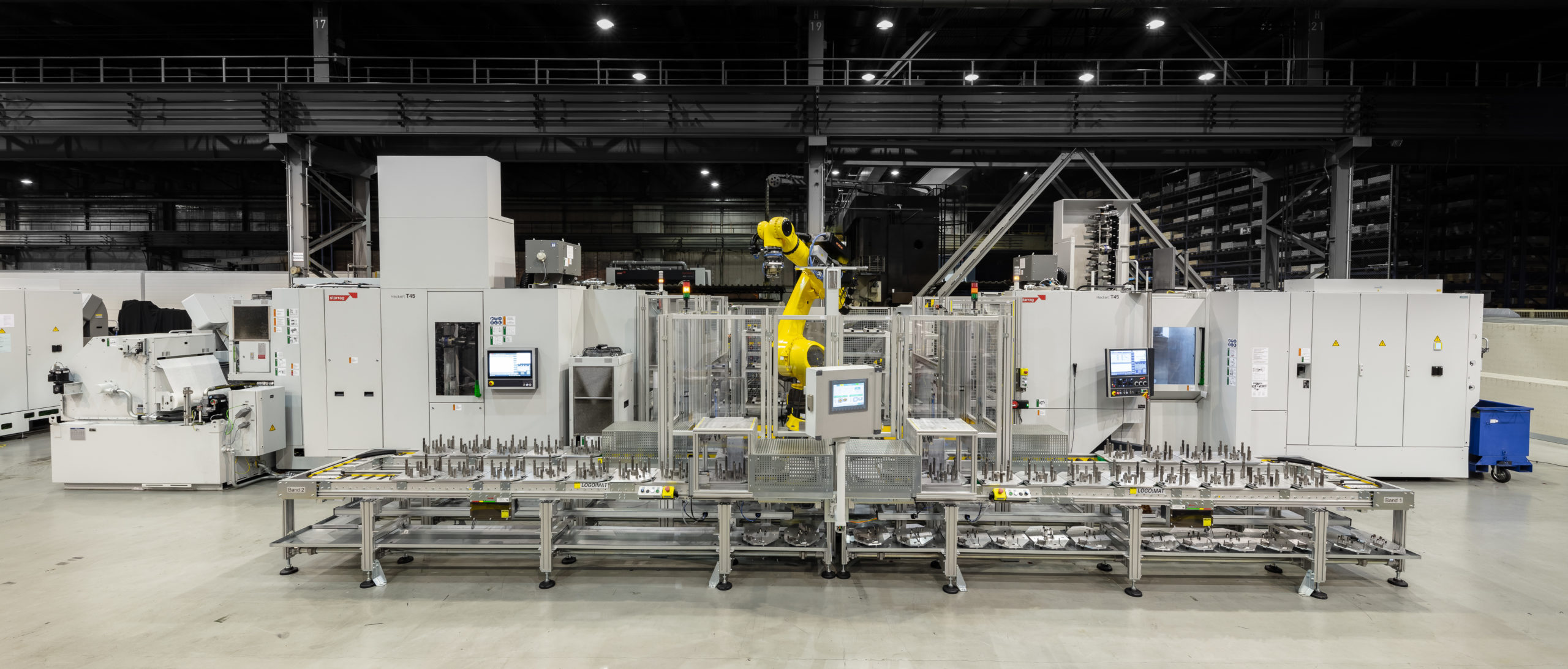
Afully automatic cell based around two Heckert 5-axis horizontal T45 machining centres from Starrag with integrated robot handling is making planetary gear carriers in half the time of conventional methods – and reducing tool costs by 25% and halving traditional equipment costs as well!
The T45 machining centres are combining effectively with robotised pallet, gripper and tool handling, as well as with seamless cell control technology, to ensure Germany-based engineering and automation specialist Voith increases productivity by making the carriers in the shortest possible lead times with extremely high levels of precision and process reliability.
Assuming an annual output of 50,000 parts per year, the system is increasing the productivity per unit area by up to two and a half times, thanks to fewer machines being used compared to traditional methods. The compactness of the T45 has a footprint 38% smaller than a conventional horizontal machine.
With exceptionally smooth running and minimal friction loss, power automotive transmissions must be delivered in a range of variants and in different quantities, to customers’ assembly lines at exactly the right time.
In 2018, Voith approved the construction of a plant for the automated production of planetary gear carriers. The requirements were demanding, including an annual output of several thousand parts and the production of multiple variants in just two clamping positions. The requirements for precision, fault tolerance and process reliability were also high, of course.
Starrag engineers together with automation specialist SAV, developed the unique production cell. And while it was clear that Starrag’s proven Heckert T45 machining centre would meet the requirements for milling, turning and drilling, a particular challenge was to develop automated, time-saving solutions for workpiece preparation and set-up. The successful result consists of two compact Heckert T45 machines in an integrated robot cell where the robot is effectively the ‘master’, orchestrating everything – from checking incoming components to loading/unloading the machines. Identical or differing type variants can be machined by the cell.
Once the component is clamped, an optimally co-ordinated sequence of rough and smooth milling, turning and drilling operations are undertaken by machines with 15,000 revs/min and 292Nm spindles, complemented by fast start-up and deceleration rates and 60-tool magazines.
The short throughput times for sequentially machining workpieces that may be of variable design are partly due to the robot ability to automatically set up the required grippers and type-specific pallets in the storage area while the machines are cutting. When the operator approves a new series for production, the robot changes all equipment within eight seconds.
This production solution halves the previous process time.
Overall throughput time is reduced as there is no need to change workpieces between machines – thus, eliminating the installation of different clamping devices and re-clamping. In addition, the system offers an optimal flow of parts and minimised inventory.
The Heckert T45s handle all the machining tasks with an extremely high level of precision. The machines’ central element is a powerful rotary table with a maximum speed of 900 revs/min, which replaces the traditional use of multiple lathes. Indeed, with HSK T100 tool holder and five axes, the Heckert T45 is claimed to be the only horizontal machining centre that can combine clamping hydraulics with milling and turning.








